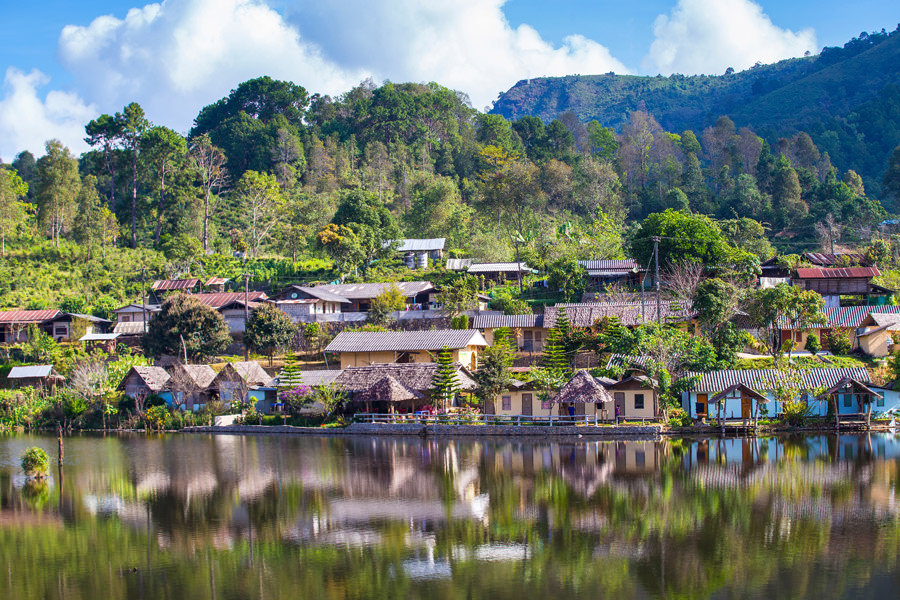Exploring the Multifaceted World of Pai: Tradition, Technology, and Transformation
In the heart of northern Thailand lies Pai, a small town that has evolved from a quiet agricultural community into a cultural and technological microcosm. This article delves into the layers of Pai’s identity, exploring its roots as a haven for indigenous traditions, its rise as a hub for digital nomads, and its unique role in blending ancient wisdom with modern innovation. We’ll examine how Pai’s geographical isolation fostered creativity, how its embrace of technology reshaped its economy, and the challenges it faces in balancing growth with sustainability. By unpacking these dynamics, we aim to understand what makes Pai a symbol of resilience and adaptation in an ever-changing world.
The Cultural Tapestry of Pai
Pai’s history is deeply intertwined with the traditions of the Shan, Karen, and Lisu ethnic groups, whose practices in agriculture, craftsmanship, and spirituality have shaped the region for centuries. The town’s weekly night markets and festivals—such as the Pai Jazz Festival—highlight this cultural fusion. Yet, globalization has introduced tensions: younger generations grapple with preserving ancestral knowledge while engaging with modernity. Initiatives like community-led eco-tourism and artisan cooperatives demonstrate how Pai is redefining cultural preservation in the 21st century.
Digital Nomadism and the New Economy
In the 2010s, Pai became a magnet for remote workers seeking affordable living and natural beauty. Co-working spaces like Pai Circus Hostel and Bebop Art & Coffee emerged, fostering a community of freelancers and startups. This shift brought economic growth but also raised questions about gentrification and environmental strain. The town’s reliance on tourism—now 70% of its income—reveals both opportunities and vulnerabilities, particularly as climate change impacts local agriculture.
Innovation at the Edge: Pai’s Tech Experiments
Beyond tourism, Pai has become a testing ground for sustainable tech. Projects include:
- Solar-powered irrigation systems for terraced farms,
- Blockchain-based platforms to track fair-trade handicrafts,
- AI-driven apps to manage tourist footfall in ecologically sensitive areas.
These innovations highlight a broader trend: rural areas leveraging technology to solve hyper-local challenges without relying on centralized infrastructure.
Balancing Growth and Sustainability
Pai’s rapid development has sparked debates about its future. Environmentalists warn of deforestation and water scarcity, while entrepreneurs advocate for controlled expansion. The local government’s “Slow Town” initiative—a policy limiting large-scale hotels and promoting renewable energy—reflects an attempt to mediate these interests. However, grassroots organizations argue that true sustainability requires deeper systemic changes, such as land-rights reforms for indigenous communities.
Conclusion: Pai as a Microcosm of Global Challenges
Pai’s journey mirrors broader global struggles: preserving heritage amid globalization, harnessing technology without exploitation, and pursuing growth without ecological collapse. Its story is neither wholly triumphant nor cautionary but a nuanced blueprint for communities navigating interconnected crises. By prioritizing inclusivity and adaptability, Pai offers lessons for regions worldwide seeking to thrive in an era of uncertainty. As travelers, technologists, and policymakers converge here, the town’s next chapter will depend on whether it can sustain its delicate equilibrium between past and future.
